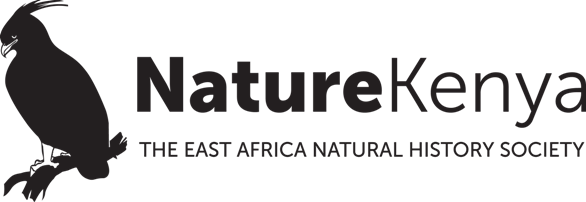By Richard Kipngeno
July’s Sunday Birdwatch destination – Gatamaiyu Forest – caught the attention of many of our readers. This was a new site since the resumption of our bird walks after the Covid pandemic. As we approached Limuru junction on July 16, heavy fog engulfed the road. One could hardly see what lay a few meters ahead!
We were met by Ann Njeri Githua, a member of Kijabe Environment Volunteers (KENVO) – our Site Support Group (SSG) for Kikuyu Escarpment Key Biodiversity Area (KBA) and our host for the bird walk. Elizabeth Njeri, the chairperson of Lake Elmenteita Community-based Organization (LECBO) – our SSG for the Lake Elmenteita KBA – was also in our midst, as well as the Nature Kenya Chairman, Rupert Watson.
With gloomy weather and high canopies in the forest, it was difficult to get a good view of birds. Songs and calls came in handy in identifying bird species. Hunter’s Cisticolas were the first to make it into our bird list. Eastern Double-collared Sunbirds were all over flowering trees. Yellow-whiskered and Cabanis’s Greenbuls chirruped from the forest. Further into the forest, a White-starred Robin stared at us. A Hartlaub’s Turaco could be heard calling from the valley. Brown-chested Alethe perched silently on the climbers just above the ground. Our path was littered with Safari ants and occasionally you would hear “watch out” warnings from the ones in front.
The skies eventually cleared, letting warm sun rays peek into the forest. Insects were flying all over, triggering some bird activity. African Paradise Flycatchers, Chinspot Batis, White-bellied Tits, Chestnut-throated Apalis, and Brown Woodland-Warblers all seem to be in a feeding frenzy. Calls from a Crowned Hornbill could be heard coming from tree tops. An African Goshawk was comfortably perched on a dead tree.
We made our way down to the Thaba waterfall, tucked in the middle of nowhere. Down the stream, we saw Mountain Wagtails, African Black Ducks and Black Crakes. A Black-tailed (Mountain) Oriole, White-tailed Crested-Flycatcher and Mountain Grey Woodpecker were spotted as we exited the forest. What a great way to spend the Sunday outdoors connecting with nature!
